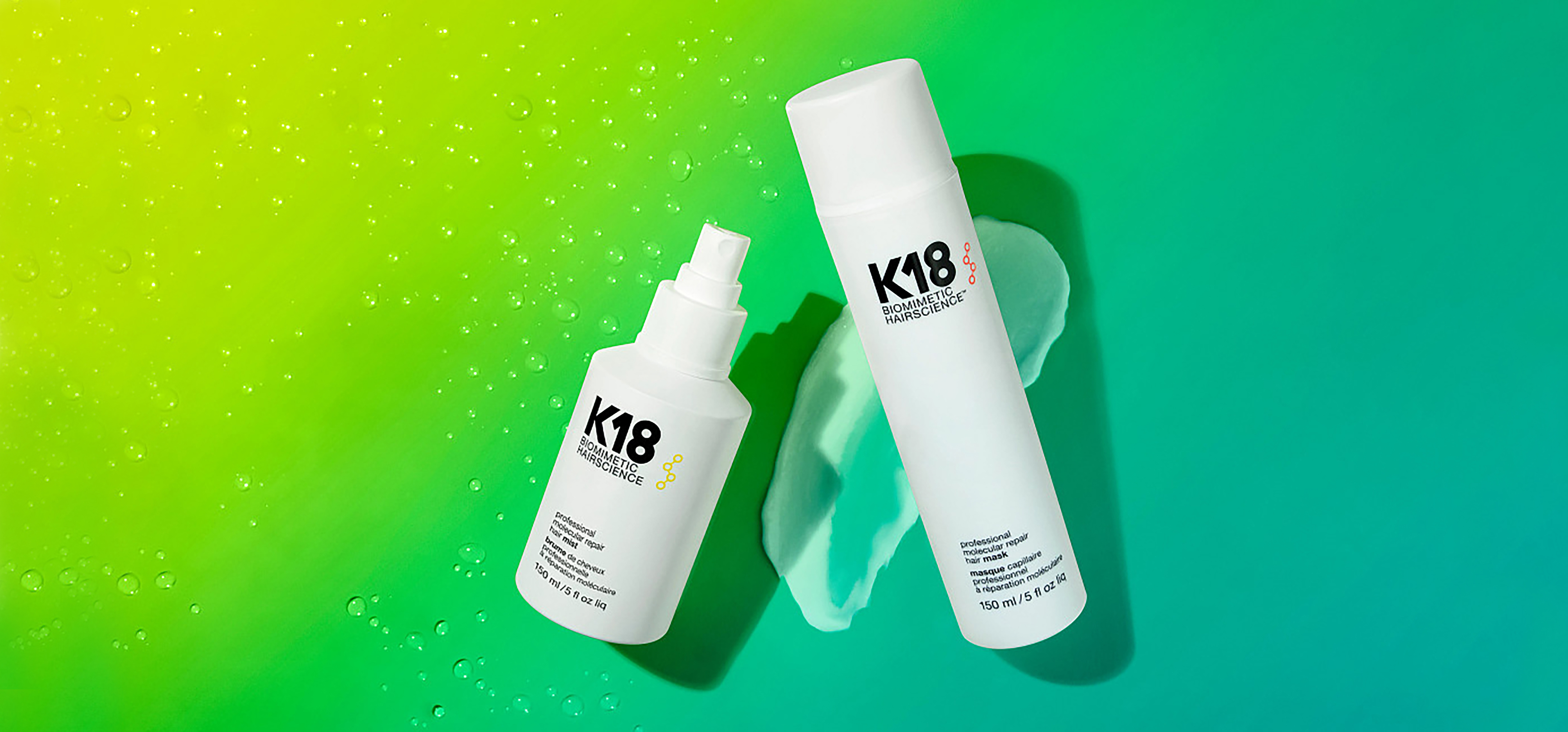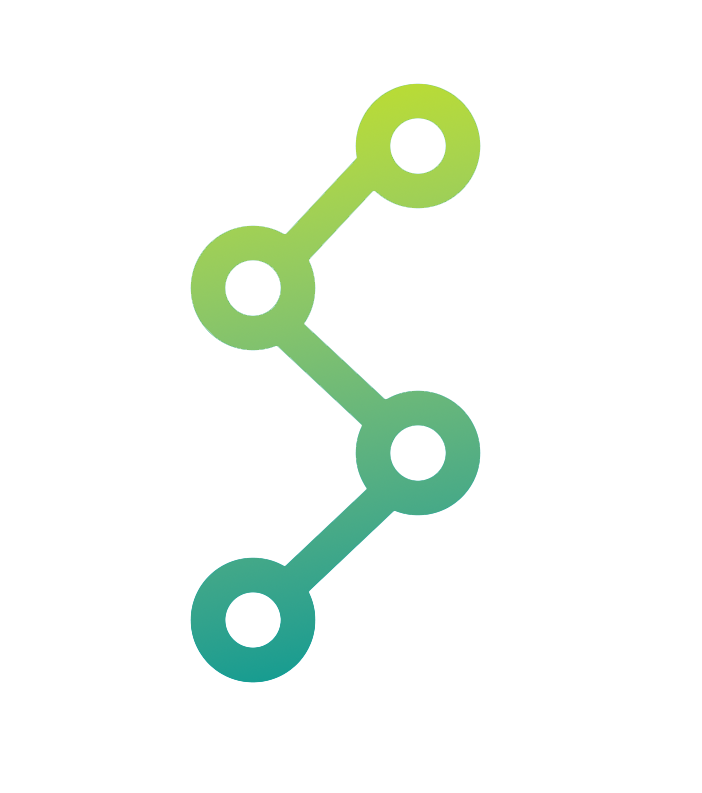
Fix damaged hair instantly and forever with K18!
Why most hair repair products don't work as you expect and what's really important for repairing hair? We'll reveal the secret to healthy hair.
Hair damage – a term we hear every day. We know its causes, but only vaguely understand what it really means for our hair. We'll clarify it for you. We'll lightly dive into some chemistry and physics, but don’t worry, it’ll be worth it. Once you understand hair structure, you'll know which repair products actually work and which are just taking up space in your bathroom.


It’s all about bonds
We all want strong, flexible, shiny, and simply healthy hair. Both to the eye and to the touch. We achieve that when the hair is made up of intact bonds. However, inside the hair, bonds are constantly being formed, broken, and reformed, whether from chemical treatments, styling, heat exposure, UV radiation, or even contact with water. As a result, instead of that dream shiny mane, we often deal with dull, dry, and damaged hair.
How Regular Repair Products (Not) Work
The solution seems obvious – damaged hair needs restorative products. But maybe you’ve experienced that even after weeks or months, your hair still didn’t "bounce back." Why? It’s due to the very principle of how regular repair products work. Specifically, the bonds they aim to restore. Three types of bonds play a crucial role in hair:
- hydrogen
- ionic
- covalent
Hydrogen bonds are the weakest and affect hair shape, something you can often notice when your hair comes into contact with water or humidity. These bonds break, change, and reform. Ionic bonds are a bit stronger and are broken by high pH levels (like during chemical processes). Covalent bonds are the strongest. There are several types of covalent bonds, but the key ones for hair are disulfide bonds, which connect chains across the hair's width, and peptide bonds, which ensure strength and flexibility along its length. Imagine them as a ladder, where the disulfide bonds are the horizontal rungs, and the peptide bonds are the sides.
Why are we telling you all this? Although all bond types are important for healthy hair, peptide bonds play the most critical role in the overall structure. And this brings us to the main issue with many repair products. They often focus only on one type of bond, primarily disulfide bonds, which addresses damage across the hair's width. But if you recall the ladder analogy, that’s not enough for strength. True repair requires a comprehensive approach.

Hair Repair with K18
You need to go deeper, connect multiple types of bonds, and address damage both across the width and length of the hair. That’s what the patented K18PEPTIDE™ does. While regular products act more like a bandage for a deep wound, providing only temporary fixes, this patented peptide gets to the root of the problem. It’s no wonder that a team of scientists worked on it for 10 years. Plus, it’s biomimetic, meaning it mimics the hair’s actual biology, delivering lasting results. And it only takes 4 minutes!
Try K18 care and see for yourself.
